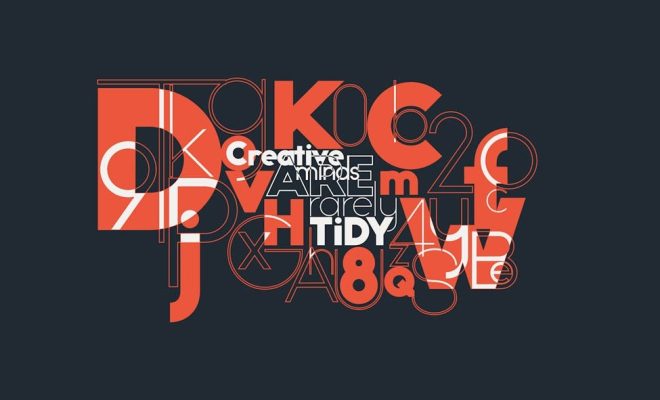Exploring The Best Modern Japanese Fonts

Japanese type design has come a long way from the traditional calligraphy-inspired characters to the contemporary fonts that adorn today’s websites, advertisements, and publications. Due to the complex nature of kanji characters, creating fonts for the Japanese language is challenging yet incredibly rewarding. This article explores some of the best modern Japanese fonts that blend traditional aesthetics with modern design principles.
One of the most popular modern fonts is “Noto Sans Japanese,” which was developed by Google as part of its Noto font family. It aims to achieve visual harmony across multiple languages and scripts. Noto Sans Japanese comes in various weights, making it incredibly versatile for both digital and print use.
Another outstanding example is “Source Han Sans,” designed by Adobe and Google under the name Typekit. This open-source font is often praised for its readability and clean lines, contributing to its widespread use in international design projects.
“M PLUS 1p” is a font that offers an excellent balance between the traditional and the modern. It features slightly rounded edges that soften its appearance, making reading a comfort for anyone not used to kanji and kana script.
The “Aozora Mincho” font is another game-changer in modern Japanese typography. Its design draws from traditional mincho typefaces but with a cleaner, more contemporary finish. It’s been received well by those looking to present their text with clarity and elegance while paying homage to classic Japanese typography styles.
For something with a bit more flare, “Yomogi” is a font that stands out. It includes playful elements without sacrificing professionalism, making it an excellent choice for creative projects or children’s materials.
Lastly, “Kazesawa Regular” deserves mention for managing to be both sleek and expressive. It confidently bridges the gap between professional applications like reports or presentations and more creative ventures.
In conclusion, these fonts exemplify how modern Japanese typography honors tradition while pushing boundaries into new design realms. They offer versatility in many different contexts – from technical documentation to user interface design – ensuring every message can be delivered with both aesthetic appeal and clarity.






